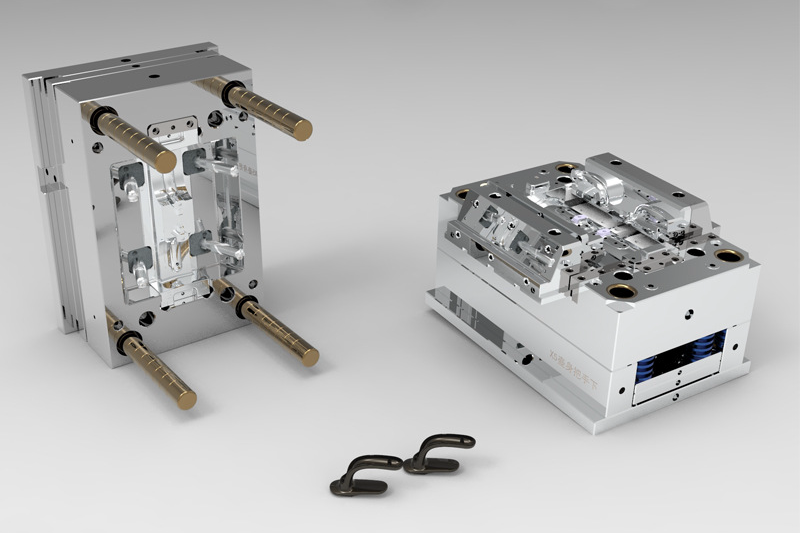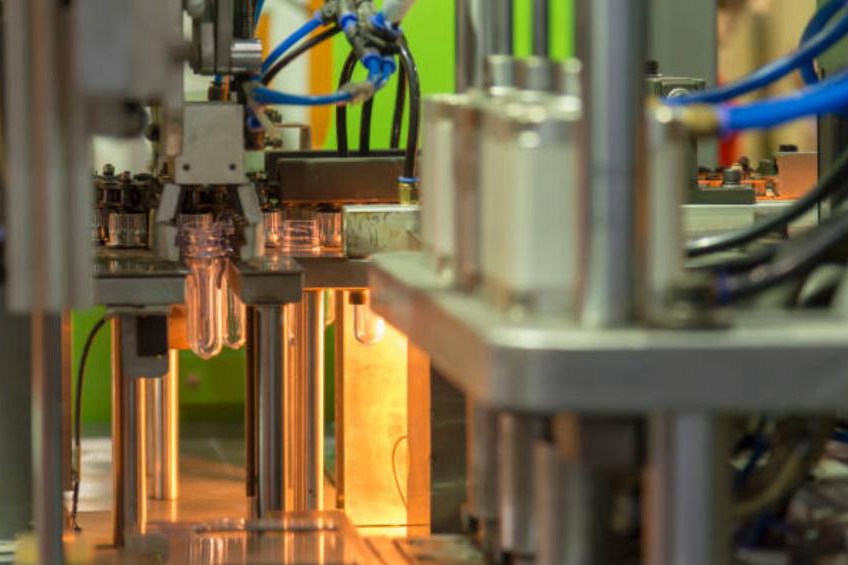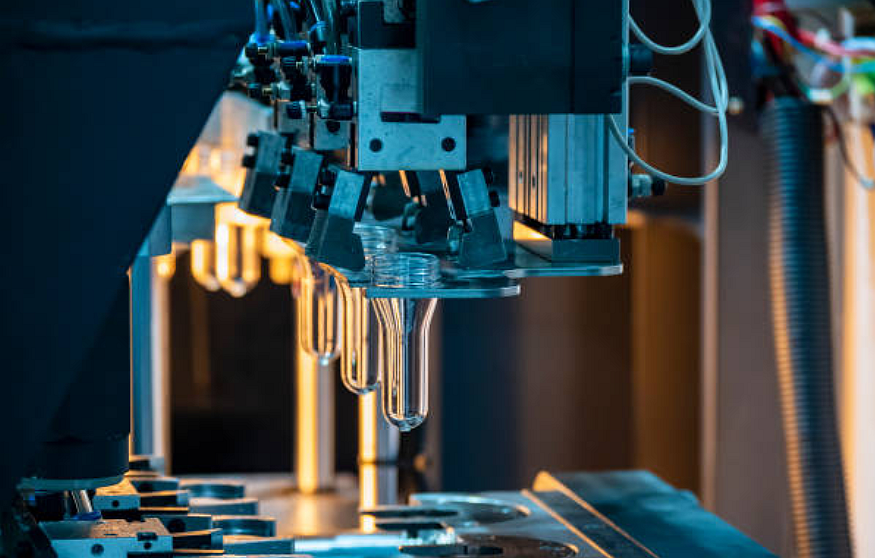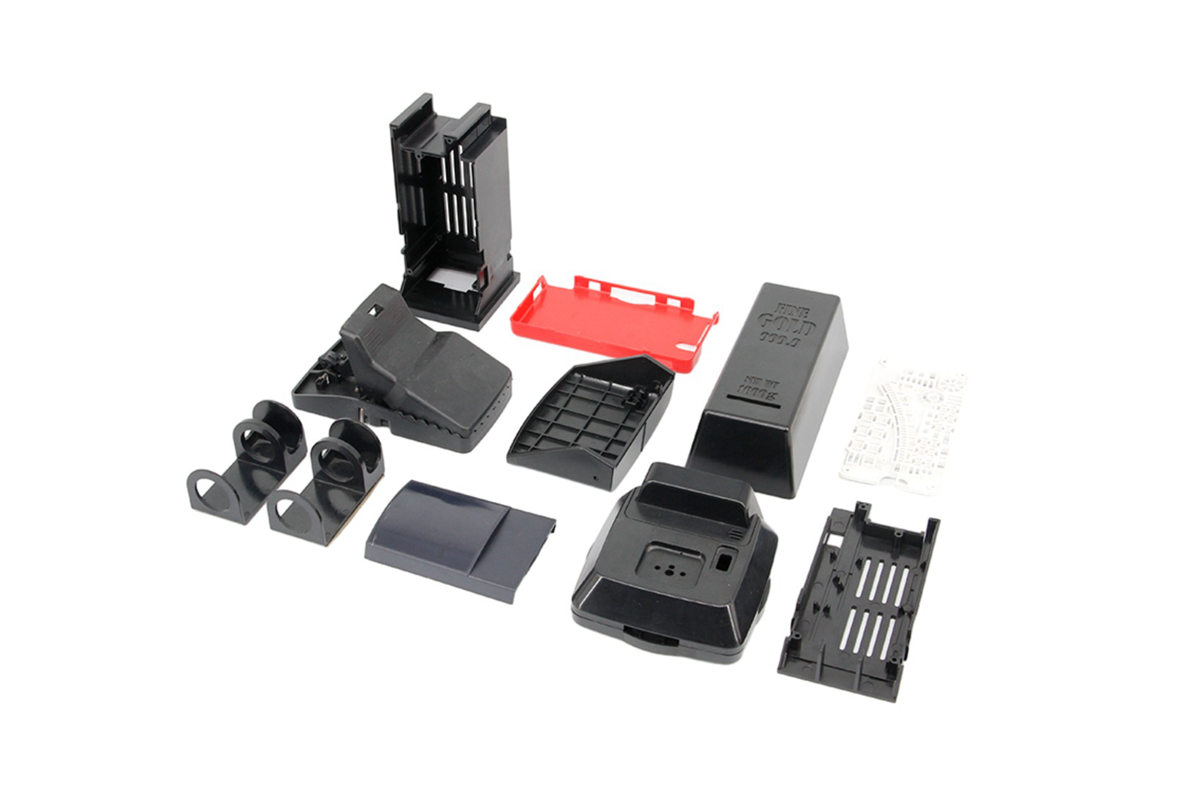What Are the Types and Applicability of Custom Injection Molding
Standard injection molding provides an efficient way for mass-production of plastic parts. Advanced injection molding techniques like overmolding, multi-shot molding, two-color molding, and gas-assist molding offer additional capabilities and design flexibility. Selecting the proper process enables combining materials and colors, integrating functional inserts, eliminating assemblies, and improving part finishes beyond what is possible with basic injection molding.

Plastic Injection Molding
The most widely used method for mass-production of plastic parts across industries, injection molding, involves injecting polymeric materials in a molten state into a mold cavity under high pressure. The mold is held shut until the plastic cools and solidifies into the final part shape. Standard injection molding enables high production rates, complex geometries, accurate dimensions, uniform wall thickness, minimal scrap, and low labor costs. Parts are ejected automatically once the plastic solidifies. From small parts to entire product housings, injection molding is ideal for the cost-effective manufacturing of intricate plastic parts.
Overmolding
Overmolding refers to a two-step injection molding process where two different plastic materials are molded over each other to create a multi-material or multi-layered part. First, the primary material is injected and shapes the core part. It is transferred to a second molding station where a secondary material is injected into the core, bonding to it chemically and mechanically under heat and pressure. It combines the two materials' aesthetics, stiffness, friction, or other properties into one part.
Typical examples are soft thermoplastic elastomer grips over-molded onto rigid plastic handles of tools. The soft grip provides comfort, while the rigid interior offers structural strength. Similarly, thermoplastic elastomer linings are over-molded onto the housings of medical devices or automotive interiors to provide noise insulation. Overmolding eliminates the need to assemble separate plastic parts, thereby reducing costs. It also provides better bonding between the assembled plastics.
Insert Molding
Pre-manufactured components, like metal inserts, electrical contacts, etc, are placed into the injection mold cavity before injecting the molten plastic material. The plastic gets molded around these inserts, integrating them into the final part. Insert molding eliminates secondary assembly and provides reinforcement in plastic parts. It is commonly used in producing automobiles, medical devices, and electrical components.
Multi-shot Injection Molding
It allows the molding of parts using multiple plastic materials or colors through successive injections into the same mold. Each injection of different material fills the cavity partially until the complete part with distinct regions is formed. No assembly is needed post-molding. Multi-shot molding provides design flexibility, color contrast parts without paint, and combinability of materials.
Two-color Injection Molding
Two-color molding involves injecting two different colored plastics into the same mold to produce a bi-colored plastic part in one shot. The two plastic materials interface and knit together as they solidify, producing a strong bond between the colors. Two-color parts do not require assembly. This method enables visually appealing parts, color coding of parts, and uses recycled plastics. It is commonly used for consumer products.
Gas-Assisted Injection Molding
Here nitrogen or carbon dioxide gas is injected into the molten plastic as it fills the mold cavity. The gas applies internal pressure causing the plastic to expand and spread into all nooks and edges of the mold. The gas channels allow uniform wall thickness and fill out areas that would otherwise warp or distort. Gas-assisted molding minimizes sink marks and warpage and molds large, hollow, or complex parts.



